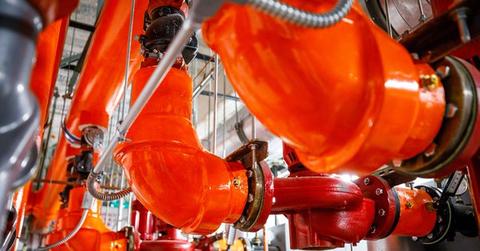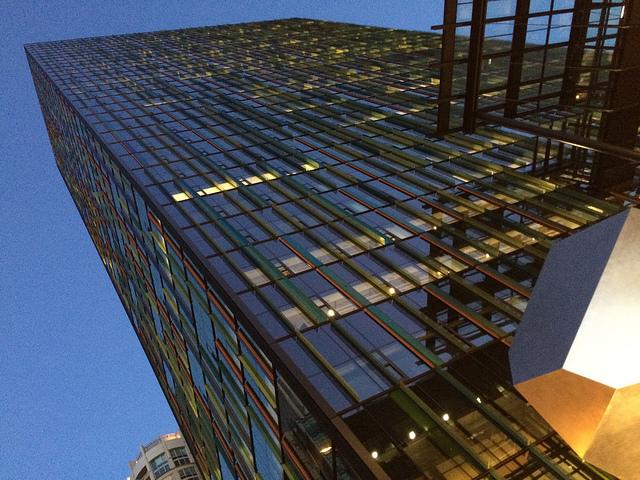Amazon Recycles Excess Energy From Data Center To Heat Headquarters
Amazon continues to erase their carbon footprint with a new heating system that utilizes wasted heat from a neighboring, unaffiliated data center. It's piped to their Doppler building, which will be one of the most sustainable structures in the world.
Updated May 19 2019, 2:16 p.m. ET
Amazon has been committed to reducing their carbon footprint. 50 rooftop solar systems will be installed on the corporation’s fulfillment centers by 2020 and they’ve dabbled into wind energy generation. Now they’re jumping into a unique way to use data centers. They're recycling the extra energy they give off and turning it into heat that they can use to warm up their Seattle headquarters.
That's right: At their campus headquarters in Seattle, Washington, new facilities will be heated by the work local data centers put in. Interestingly enough, this isn’t one of Amazon’s data centers. It’s owned by Westin Building Exchange, and it creates enough heat for Amazon to capture and bring over to their neighboring building across the street.
The heat is piped over underground in liquid form to the Doppler tower, otherwise known as Amazon Tower I. Water temperature is at 65 degrees Fahrenheit, which is enough to keep the pipes from freezing, but it’s not very comfortable. Therefore, water is segmented in smaller amounts that can raise up to 130 degrees Fahrenheit. Emergency water is stored in case Westin needs it.
With this new system, Amazon and Westin is helping Seattle reach their goal of becoming completely carbon neutral by 2050. Heat recycling at this level will save approximately 80 million kilowatt-hours of electricity over the next quarter century. Over the last two years, they’ve barely needed to use their boiler system, but it’s still active for excessively cold days.
Anybody inside of Amazon’s campus won’t notice the difference between heat from the boiler room or what’s generated from this new system. The entire process is underground and behind walls. Water generated from the data center runs through five heat recovery chillers, and there’s a sixth one that could be added in the future.
Six of Amazon’s buildings at their headquarters in Seattle have LEED Gold certification, which awards structures that meet very high sustainable standards. According to a company blog post, Doppler could score an Energy Star rating up to 98 out of 100. This score represents how the building is running based on similar structures, meaning the 34-storey tower completed last year would be one of the highest-rated in the world.
Is it worth investing in this sort of underground heating system? Not quite, as it’s not cheaper than traditional methods with the immediate costs to install it. However, as costs go up, the process could end up paying off. This may expand into something even bigger, with David Roberts of Vox giving an example of cities having more control in managing their energy.
“...Why not bring more highly energy-intensive operations — not just data centers, but, oh, indoor farms, or marijuana grow operations — into dense urban areas? They have traditionally been built in the hinterlands, where land and power are cheap, but if they could make a substantial second income selling their waste heat, they might be able to justify urban locations.”

